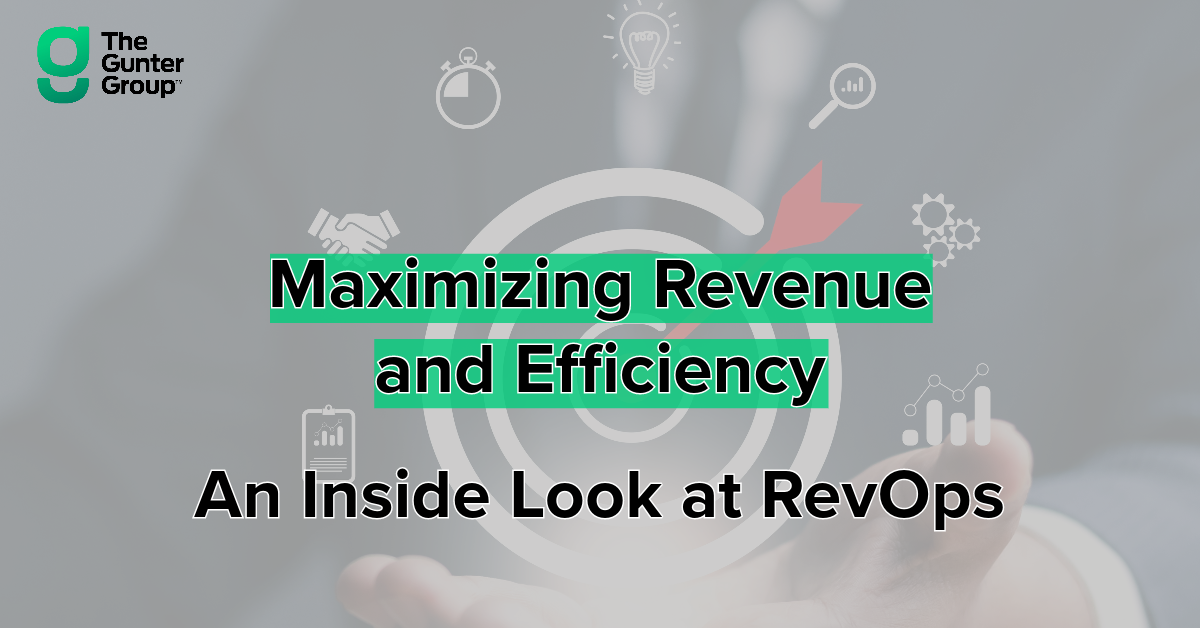Implementing RevOps is more than a structural shift; it’s a cultural transformation that requires a delicate balance of change management and enablement functions. In this article discover the five keys to successful change management in RevOps.
Tag Archives: revenue operations
Is Your RevOps Strategy Working? Navigating Revenue Operations for Growth
Revenue Operations transcends mere organizational alignment; it is a commitment to continuous growth, excellence, and a customer-centric approach. Explore how the customer journey and key RevOps metrics provide valuable insights for strategic growth and performance.
Impacting the Bottom Line: The Four Pillars of RevOps
Revenue Operations (RevOps) empowers organizations to adapt quickly to market changes, identify growth opportunities, and scale effectively. In this article we explore how the four pillars of RevOps impact the bottom line and how organizations can strategically activate RevOps.
Maximizing Revenue and Efficiency: An Inside Look at RevOps
In the ever-evolving digital landscape, businesses must embrace change and adapt to stay ahead of the competition. In this blog series, we will be focusing on one aspect of the digital transformation process that often gets overlooked yet is essential for business existence and success: Revenue Operations (RevOps).



